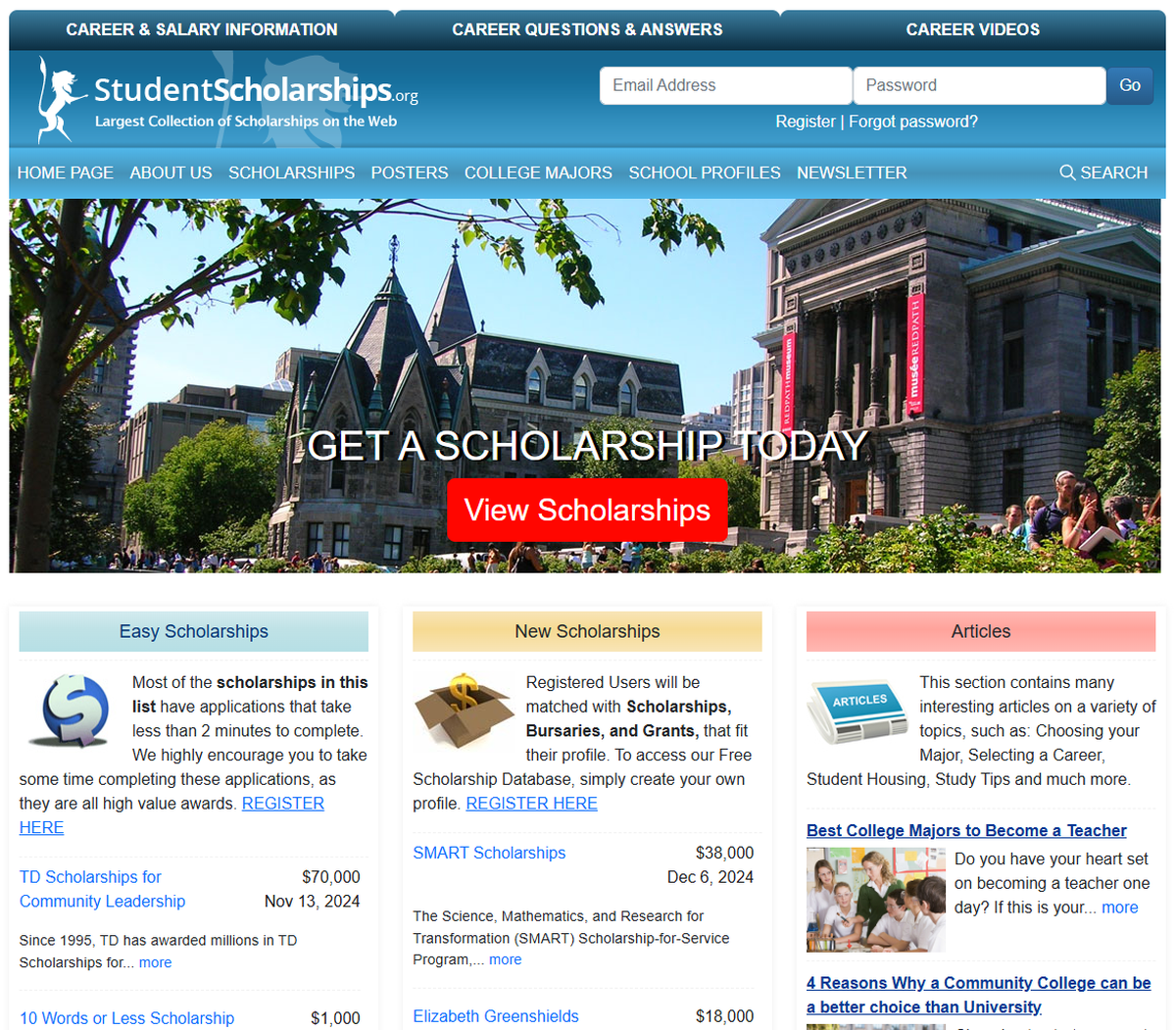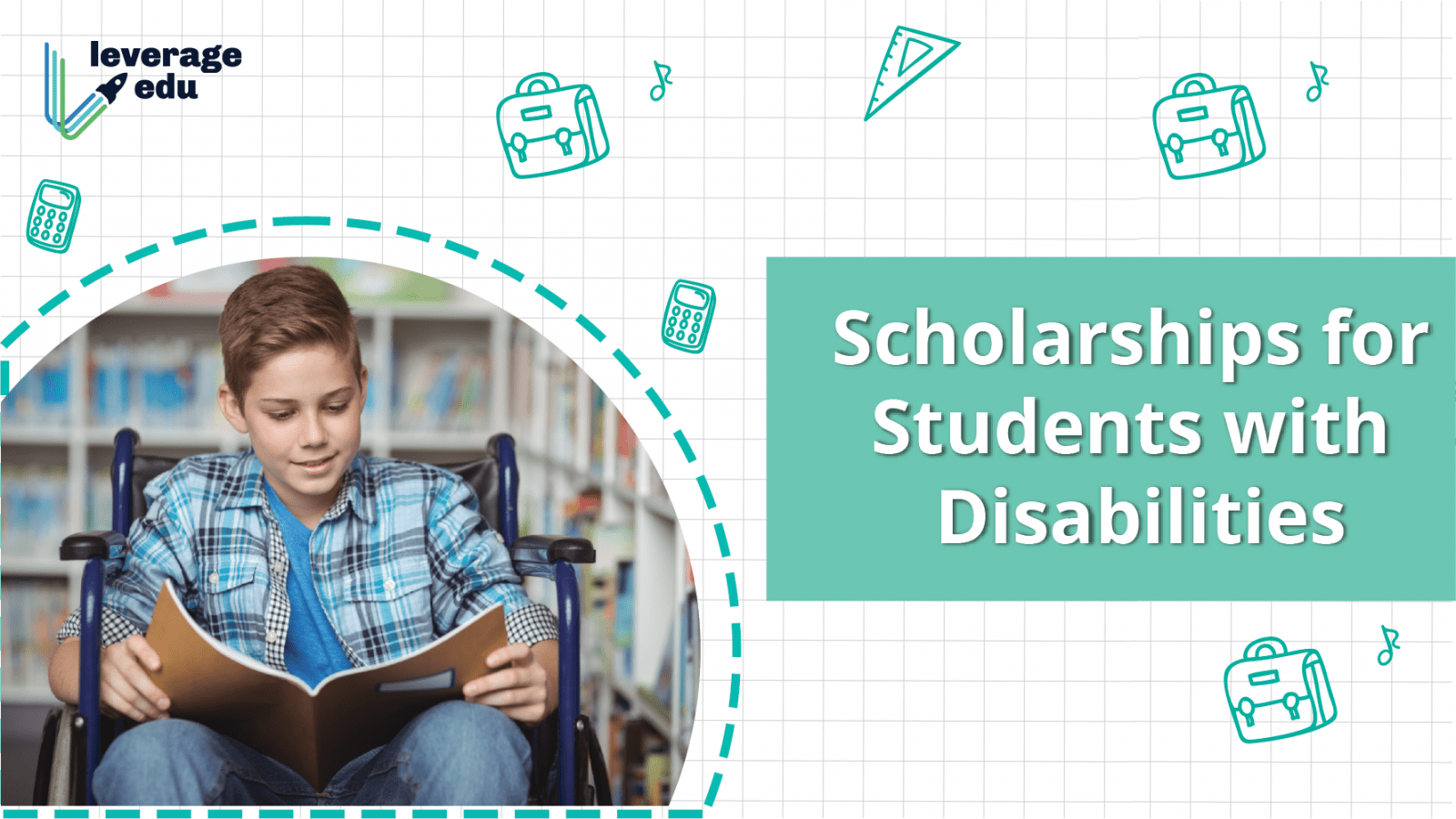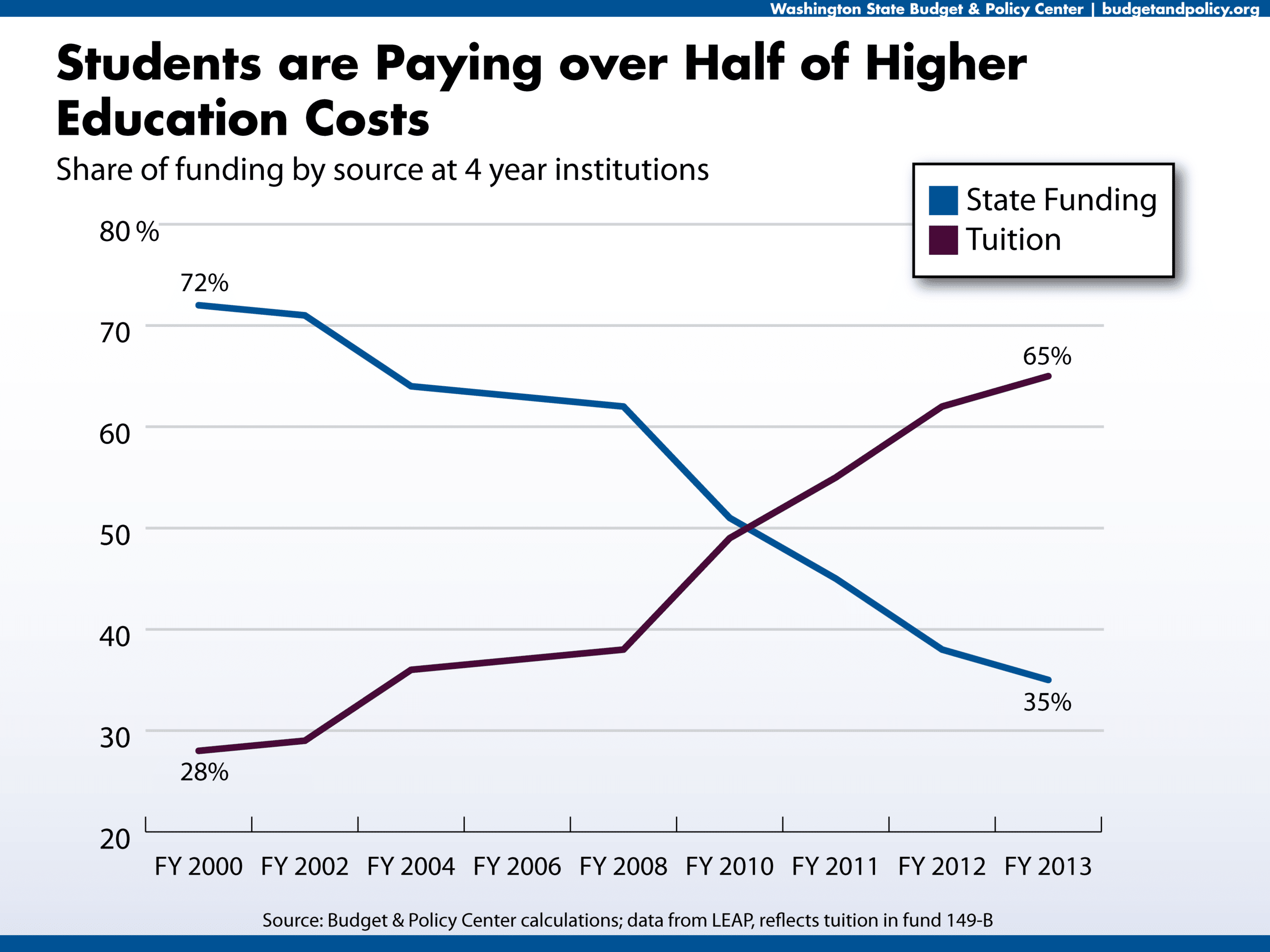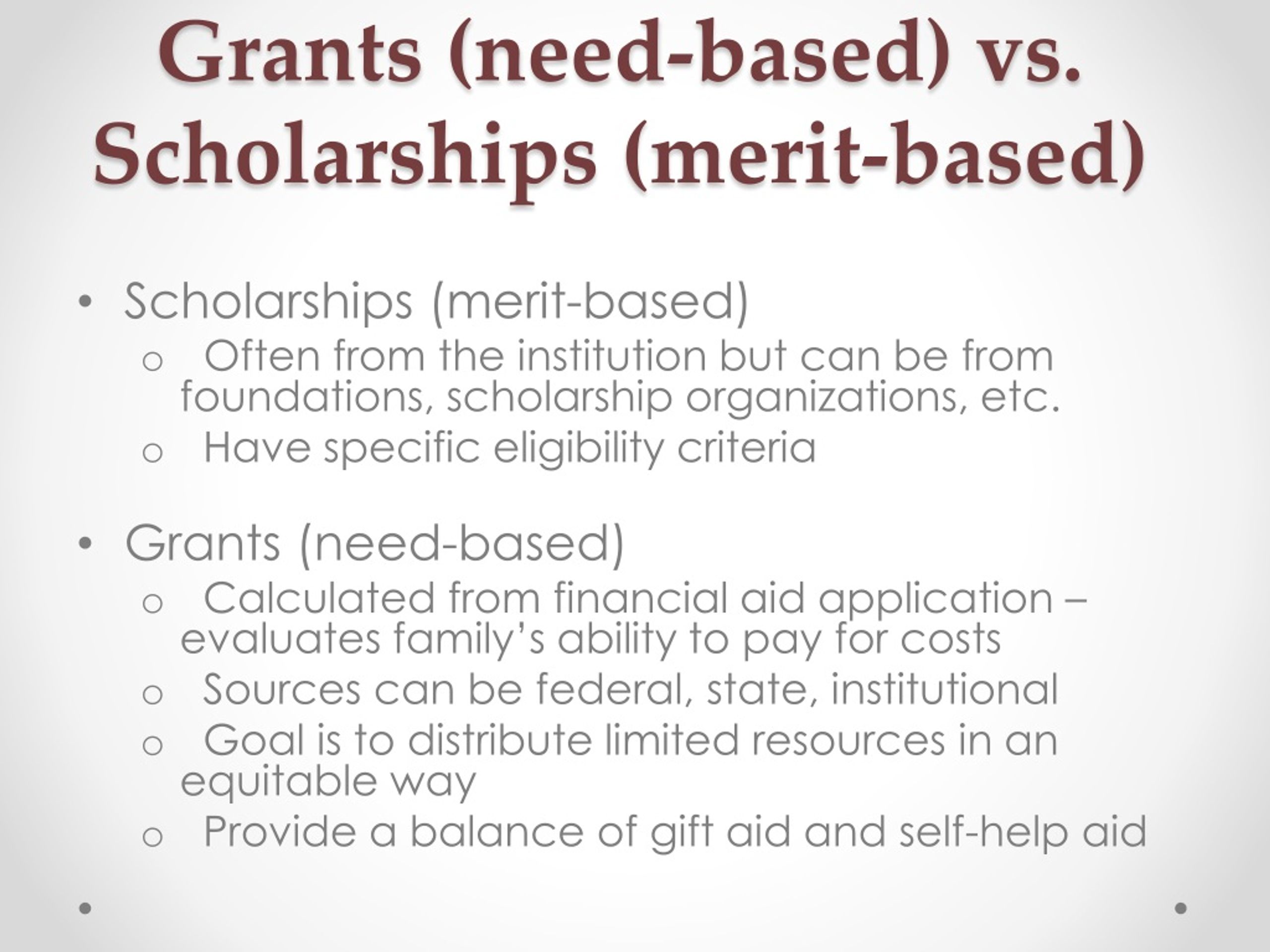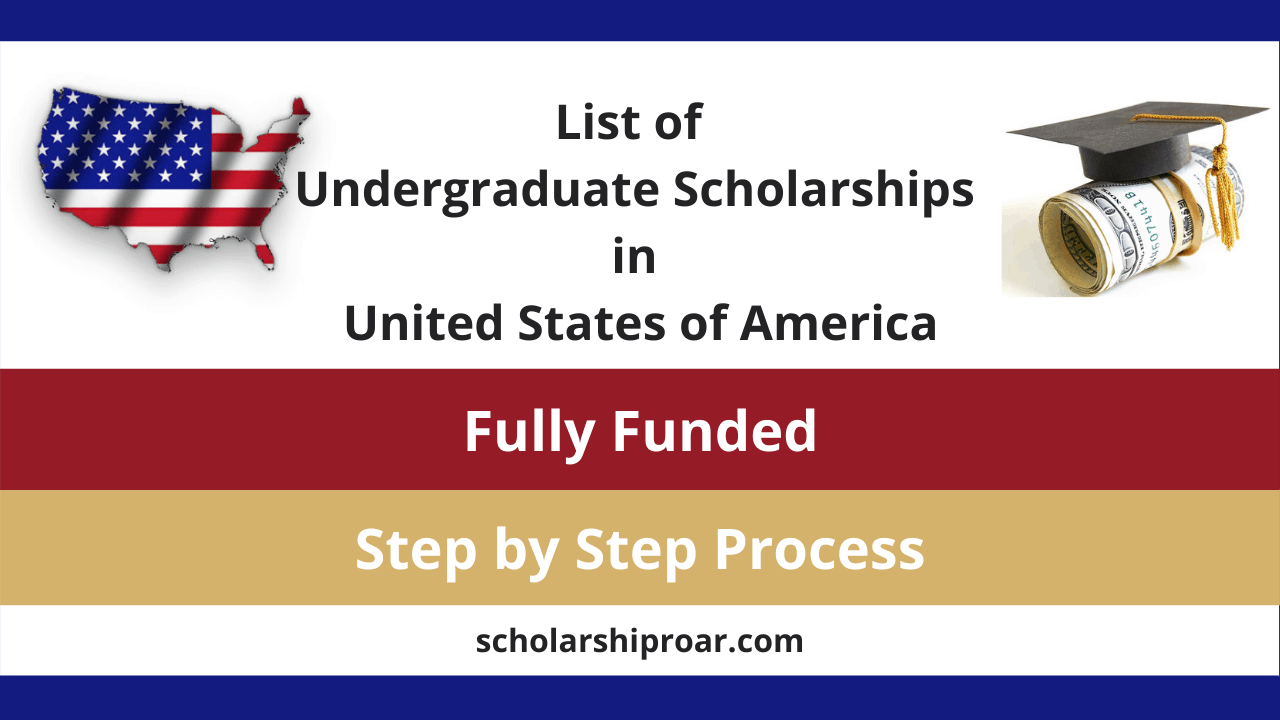Scholarships for First-Generation College Students
Scholarships for first-generation college students represent a vital lifeline, opening doors to higher education for those who might otherwise face insurmountable financial barriers. These scholarships not only alleviate the financial burden but also provide crucial support and mentorship, fostering a sense of belonging and empowering students to thrive academically and personally. This exploration delves into the diverse landscape of available funding, offering guidance on navigating the application process and highlighting the transformative impact these opportunities have on students’ lives.
Securing financial aid is crucial for first-generation students, often lacking the familial guidance and established networks that many of their peers possess. Understanding the nuances of different scholarship types, from institutional awards to national programs and private foundations, is essential. This guide will equip students with the knowledge and resources to successfully navigate this process, maximizing their chances of securing funding and achieving their educational goals. We will also address common challenges and provide practical strategies for overcoming them.
Defining First-Generation College Students
First-generation college students represent a significant and diverse population within higher education. Understanding their unique circumstances is crucial for providing effective support and fostering their success. This section will define this student population, explore the challenges they face, and highlight beneficial support systems.
First-generation college students are defined as students who are the first in their immediate family to pursue a post-secondary education. This definition extends beyond simply the parents; it encompasses grandparents, siblings, and other individuals significantly influencing the student’s upbringing. Socioeconomic factors often play a crucial role, with many first-generation students coming from families with limited financial resources, lower levels of educational attainment, and potentially less familiarity with the complexities of the college application and enrollment processes. The experience is therefore highly varied, reflecting the broad range of family structures and backgrounds represented within this population.
Challenges Faced by First-Generation College Students
Navigating the higher education system presents unique challenges for first-generation students. These challenges often extend beyond the academic realm, encompassing financial, social, and emotional aspects of college life. Lack of familiarity with college procedures, such as financial aid applications, course selection, and understanding academic expectations, can create significant hurdles. Many lack a support network of family members who can offer guidance based on personal experience with college. This lack of mentorship can lead to increased feelings of isolation and uncertainty. Additionally, the financial burden of higher education can be particularly daunting for first-generation students, who may have limited access to family financial resources and may need to work extensively to support their education.
Beneficial Support Systems and Resources
Numerous support systems and resources are designed to specifically assist first-generation college students. These initiatives recognize the unique needs of this population and aim to bridge the gaps in knowledge, resources, and support. Mentorship programs, connecting students with faculty, staff, or alumni who have navigated similar paths, provide invaluable guidance and encouragement. Financial aid and scholarship opportunities, specifically targeted towards first-generation students, help alleviate the financial strain. Workshops and seminars focused on academic success strategies, navigating college bureaucracy, and developing essential life skills can equip students with the tools they need to thrive. Peer support groups, creating a sense of community among students sharing similar experiences, offer a vital source of emotional support and encouragement. Furthermore, dedicated advising services, providing individualized guidance and support, are essential in helping first-generation students successfully navigate the complexities of higher education.
Types of Scholarships Available
Securing funding for college is a significant hurdle for many students, especially first-generation college students who may lack the familial guidance and financial resources common among other students. Fortunately, a wide array of scholarships specifically target and support this population. These scholarships recognize the unique challenges and triumphs of first-generation students and aim to provide them with the financial assistance needed to pursue higher education.
Categorization of Scholarships for First-Generation Students
Scholarships designed for first-generation college students fall into several categories based on their sponsors. These include institutional scholarships offered directly by colleges and universities, national scholarships provided by large organizations or foundations, and private scholarships funded by smaller organizations, corporations, or individuals. Each type offers unique advantages and disadvantages regarding application processes, eligibility requirements, and award amounts.
Comparison of Scholarship Types
Understanding the differences between institutional, national, and private scholarships is crucial for successful scholarship application. While all aim to support first-generation students, their application processes, eligibility criteria, and award amounts vary significantly.
| Scholarship Name | Sponsor | Eligibility Requirements | Award Amount |
|---|---|---|---|
| University of California, Berkeley First-Generation Scholarship | University of California, Berkeley | Must be a first-generation college student, demonstrate financial need, and maintain a minimum GPA. Specific GPA requirements and financial need thresholds vary by year and program. | Varies; can cover a significant portion of tuition and fees. |
| Ronald E. McNair Postbaccalaureate Achievement Program | U.S. Department of Education | Must be a first-generation college student or come from a low-income background, be a U.S. citizen or eligible non-citizen, have a strong academic record, and demonstrate commitment to graduate study. | Varies by institution and program; typically covers tuition, fees, books, and stipends for living expenses. |
| The Jack Kent Cooke Foundation Undergraduate Transfer Scholarship | The Jack Kent Cooke Foundation | Must be a first-generation college student, have a minimum GPA of 3.5, be transferring from a community college, and demonstrate exceptional academic ability and financial need. | Up to $40,000 per year. |
Finding and Applying for Scholarships
Securing financial aid for college is a crucial step for first-generation students. Navigating the scholarship landscape can feel overwhelming, but a strategic approach can significantly increase your chances of success. This section provides a structured guide to help you effectively search for and apply for scholarships tailored to your needs and circumstances.
Step-by-Step Guide to Finding and Applying for Scholarships
This guide outlines a practical, step-by-step process to help you successfully navigate the scholarship application process. Each step is crucial for maximizing your chances of securing funding.
- Identify Your Eligibility: Begin by determining which scholarships you are eligible for. Consider your academic performance, major, ethnicity, extracurricular activities, and financial need. Many scholarships have specific criteria, so understanding your qualifications is the first step.
- Create a Master Scholarship List: Compile a list of potential scholarships based on your eligibility. Use online resources (detailed below) to find scholarships that align with your profile. Keep track of deadlines and requirements for each scholarship in a spreadsheet or document.
- Craft a Compelling Application: Each scholarship application will require a personalized approach. Carefully review the instructions and tailor your essays, resumes, and letters of recommendation to showcase your unique strengths and experiences. Proofread everything meticulously before submitting.
- Meet Deadlines: Scholarship deadlines are strict. Set reminders and prioritize your applications well in advance. Late submissions are often rejected, regardless of the quality of your application.
- Follow Up (Where Appropriate): After submitting your applications, follow up with the scholarship providers as needed, particularly if you have not received a response by the expected date. This demonstrates your continued interest and initiative.
- Maintain Organization: Keep all your application materials, correspondence, and deadlines organized. This will prevent confusion and ensure you submit everything on time.
Tips and Strategies for Maximizing Scholarship Chances
Effective application strategies can significantly improve your success rate. These tips focus on refining your application materials and approach.
- Strong Essays and Personal Statements: Your essays are your opportunity to tell your story and demonstrate your passion. Focus on your unique experiences, achievements, and aspirations. Use concrete examples to illustrate your points.
- Tailor Your Applications: Generic applications rarely succeed. Customize each application to reflect the specific requirements and values of the scholarship provider. Demonstrate you understand their mission and how you align with it.
- Seek Mentorship and Feedback: Ask teachers, counselors, or family members to review your application materials. Their feedback can help you identify areas for improvement and strengthen your overall application.
- Start Early and Apply Widely: Don’t wait until the last minute. Begin your search early and apply to a variety of scholarships, increasing your chances of receiving an award.
- Network and Build Relationships: Connect with your college’s financial aid office, professors, and alumni. Networking can lead to valuable scholarship opportunities and mentorship.
Reliable Online Resources and Databases
Several reputable online resources can help you find scholarships specifically designed for first-generation college students.
- Fastweb: A comprehensive database with a wide range of scholarships.
- Scholarships.com: Another large database offering various scholarship opportunities.
- The College Board: Provides information on financial aid and scholarships, including those for first-generation students.
- Sallie Mae: Offers resources and tools to help students navigate the financial aid process.
- Your College’s Financial Aid Office: Your college’s financial aid office is an invaluable resource. They often have a list of scholarships specific to your institution and can provide personalized guidance.
Financial Aid and Scholarship Combination
Securing a college education often requires a multifaceted approach to financing. Scholarships specifically designed for first-generation college students are a crucial piece of this puzzle, but they rarely cover the entire cost of tuition, fees, and living expenses. Understanding how scholarships complement other financial aid options is essential for maximizing affordability and minimizing student debt.
Scholarships for first-generation students can significantly reduce the overall cost of college when combined with other forms of financial aid, such as grants and loans. Grants, like scholarships, are generally forms of free money that don’t need to be repaid. Loans, on the other hand, require repayment after graduation, often with interest. A well-structured financial aid package will ideally leverage a mix of these sources to create the most manageable financial plan for the student. The overall financial aid package’s impact on college affordability is substantial, making the pursuit of higher education feasible for many students who might otherwise struggle to afford it.
Understanding the Overall Financial Aid Package
A comprehensive financial aid package typically includes a combination of federal and institutional grants, scholarships (both merit-based and need-based), and loans. Federal grants, such as the Pell Grant, are awarded based on financial need and are available to eligible students. Institutional grants are provided by the college or university itself, often to attract high-achieving or need-based students. Loans, including federal student loans and private loans, cover the remaining costs. The package’s effectiveness in reducing college expenses depends on the balance between grant aid (scholarships and grants) and loans. A higher proportion of grant aid means lower overall debt upon graduation.
Examples of Combining Financial Aid Sources
Let’s consider two hypothetical scenarios to illustrate the impact of combining different financial aid sources.
Scenario 1: A first-generation student receives a $5,000 scholarship specifically for first-generation students, a $4,000 Pell Grant, and a $10,000 federal student loan. The total financial aid package of $19,000 significantly reduces the overall cost of tuition and fees (assuming the total cost is $25,000). The student only needs to cover $6,000 out of pocket or through other means.
Scenario 2: Another first-generation student receives a $2,000 scholarship, a $3,000 institutional grant, and a $15,000 federal student loan for the same $25,000 total cost. This student’s financial aid package totals $20,000, leaving a $5,000 out-of-pocket expense. While both scenarios demonstrate the benefit of financial aid, the first example showcases how a larger scholarship can dramatically decrease the student’s financial burden.
Impact and Success Stories
Scholarships for first-generation college students are not merely financial aids; they are transformative catalysts, significantly impacting academic achievement, overall well-being, and future prospects. These awards alleviate the considerable financial burden often associated with higher education, allowing students to focus on their studies and fully engage in the college experience. The positive ripple effects extend far beyond the immediate financial relief, shaping the lives of recipients and contributing to a more diverse and equitable society.
The positive impact of scholarships on first-generation college students is multifaceted. Reduced financial stress allows students to dedicate more time to academics, participate in extracurricular activities, and engage more fully with campus resources. This increased engagement often translates to higher GPAs, increased graduation rates, and a more enriching college experience. Moreover, scholarships can improve mental health and reduce stress levels, creating a more positive and supportive learning environment. This enhanced well-being contributes to a stronger sense of belonging and increased academic confidence.
Improved Academic Performance and Graduation Rates
Studies consistently demonstrate a strong correlation between scholarship receipt and improved academic performance among first-generation college students. For example, a study conducted by the National Center for Education Statistics showed that students receiving significant financial aid, including scholarships, were more likely to graduate within six years compared to their peers who received less financial assistance. This is largely attributed to the reduced financial strain, allowing students to focus on their studies rather than juggling multiple jobs to make ends meet. The ability to dedicate time to studying, participate in tutoring sessions, and engage in research opportunities leads to better grades and a higher likelihood of graduation.
Enhanced Well-being and Sense of Belonging
The psychological benefits of scholarship support are equally significant. The reduced financial burden eases stress and anxiety, allowing students to focus on their academic pursuits and personal growth. This, in turn, fosters a stronger sense of belonging and increased self-confidence. The ability to participate in extracurricular activities and social events, often financially prohibitive for first-generation students, promotes a stronger sense of community and integration into campus life. Imagine a student, relieved of the constant worry of tuition bills, actively participating in a debate club or joining a study group – this is a direct result of the supportive environment created by scholarship funding.
Long-Term Career Advancement and Community Contributions
The impact of scholarships extends far beyond the college years. Graduates who benefited from scholarship support are more likely to pursue advanced degrees, secure higher-paying jobs, and contribute significantly to their communities. A college education, often made possible by scholarships, opens doors to a wider range of career opportunities, leading to increased earning potential and greater financial stability. This improved socioeconomic status allows recipients to give back to their communities through philanthropy, mentorship, and other forms of civic engagement. The long-term impact of a scholarship can be viewed as a multiplier effect, benefiting not only the individual recipient but also society as a whole. For instance, a successful physician who received a scholarship as a first-generation student may establish a foundation to support future generations of aspiring medical professionals, perpetuating the cycle of opportunity.
Transformative Narratives: Examples of Scholarship Impact
Consider the story of Maria, a first-generation college student from a low-income family. Facing significant financial challenges, she almost gave up on her dream of becoming a teacher. However, a scholarship provided her with the financial support she desperately needed, enabling her to focus on her studies and graduate with honors. Today, she is a successful high school teacher, inspiring her students and giving back to her community. Another example is David, whose scholarship allowed him to pursue a degree in engineering. He now works for a leading technology company, using his skills to develop innovative solutions for global challenges. These are just two examples of the countless individuals whose lives have been profoundly transformed by the power of scholarships.
Addressing Barriers and Challenges
First-generation college students often face unique hurdles in navigating the scholarship application process, impacting their ability to access higher education. These challenges are multifaceted, stemming from a lack of familiarity with the academic landscape, limited financial resources, and sometimes, a lack of consistent support networks. Successfully overcoming these obstacles requires proactive strategies and a strong support system.
Many first-generation students lack the familial experience and guidance necessary to understand the complexities of college applications, financial aid, and scholarship opportunities. This unfamiliarity can lead to missed deadlines, incomplete applications, and ultimately, lost opportunities for funding. Furthermore, the financial strain of applying for scholarships—including costs associated with application fees, standardized testing, and travel—can be a significant barrier for students from low-income backgrounds. Finally, the emotional burden of being the first in their family to pursue higher education can add significant stress and potentially hinder their ability to focus on the application process.
Strategies for Overcoming Obstacles
Mentorship programs play a crucial role in bridging the knowledge gap. Experienced mentors can provide personalized guidance on navigating the application process, offering valuable insights into essay writing, financial aid forms, and scholarship searching strategies. For example, a mentor might help a student understand the nuances of a specific scholarship’s eligibility criteria or provide feedback on their personal statement. Financial literacy workshops equip students with the skills to manage their finances effectively, understand different funding options, and create a realistic budget for college expenses. These workshops can cover topics such as budgeting, saving, understanding loan terms, and exploring different payment options. Strong family support, even if limited in direct financial assistance, can be invaluable. This support might manifest as emotional encouragement, help with application materials, or simply providing a stable home environment conducive to studying. A parent’s unwavering belief in their child’s ability to succeed can be a powerful motivator, counteracting the potential for feelings of isolation or self-doubt.
Resources and Support Systems
The following resources and support systems can significantly assist first-generation college students in their scholarship pursuit:
- College and University Financial Aid Offices: These offices provide personalized guidance on financial aid options, scholarship opportunities, and application procedures.
- High School Counselors: Counselors can offer support with college applications, scholarship searches, and connecting students with relevant resources.
- Community-Based Organizations: Many organizations focus on supporting first-generation college students, offering mentorship, workshops, and financial assistance.
- National Scholarship Organizations: Organizations such as the Sallie Mae and the National Merit Scholarship Corporation offer numerous scholarships specifically designed for first-generation students.
- Online Scholarship Databases: Websites like Fastweb and Scholarships.com provide extensive databases of scholarships tailored to various criteria, including first-generation status.
Ending Remarks
Ultimately, scholarships for first-generation college students are more than just financial assistance; they are investments in potential, fostering academic success, personal growth, and future contributions to society. By understanding the available resources, mastering the application process, and leveraging support systems, first-generation students can overcome financial hurdles and unlock their full potential, paving the way for a brighter future. The journey may present challenges, but with determination and access to the right resources, success is within reach.


